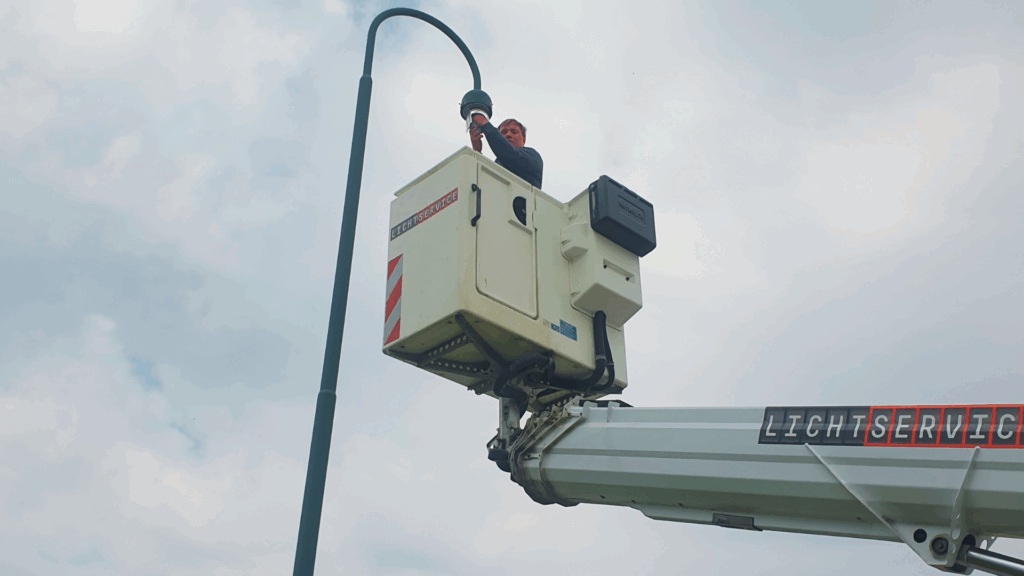Street Lighting & Public Lighting Systems
As an experienced partner for public lighting systems, we offer complete solutions for modern and energy-efficient street lighting. From planning to maintenance – we ensure safe and brightly lit streets and paths.

Advantages of LED Street Lighting
Switching to LED technology in street lighting offers numerous compelling advantages for municipalities and cities. Modern LED street lighting pays off in multiple ways.
Energy Savings
Ease of Maintenance
Better Light Quality
Fewer Failures
Frequently Asked Questions about Street Lighting
We are happy to answer all your questions in a friendly phone call or by email.
Contact us nowHow much can be saved by converting to LED street lighting?
When converting to modern LED street lighting, the savings potential is impressive. By replacing conventional lighting systems with LED technology, energy costs can be reduced by up to 80 percent. A practical example: A municipality with 1,000 light points can save between 40,000 and 60,000 euros annually in energy costs. In addition, maintenance costs are reduced by approximately 50 percent due to the longer lifespan of LED lights. The initial investment costs usually pay for themselves within 4-6 years, depending on local conditions and any subsidies.
How long does modern LED street lighting last?
The lifespan of modern LED street lighting significantly exceeds that of conventional systems. High-quality LED luminaires achieve an operating life of 50,000 to 100,000 hours, which corresponds to a lifespan of 12-25 years with average use. However, it should be noted that the actual lifespan depends on various factors, such as ambient temperature, operating hours, and the quality of the installation. Regular maintenance and professional installation by specialized companies ensure a longer lifespan.
How is the optimal illumination level for streets determined?
Determining the optimal illumination level is a complex process that considers various factors. It is based on European standards for street lighting (EN 13201), which set different minimum requirements depending on the road class. Traffic volume, road width, type of use (main road, residential area, pedestrian zone), and local specifics play an important role. Modern LED systems also allow flexible adjustment of light intensity through intelligent control systems, so that lighting can be optimized according to the time of day and traffic volume.